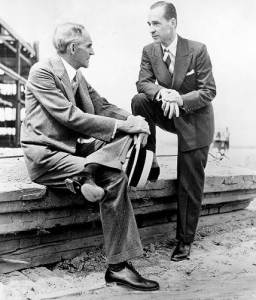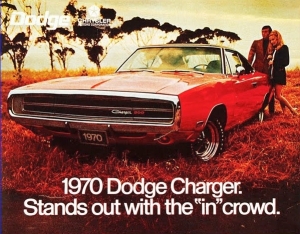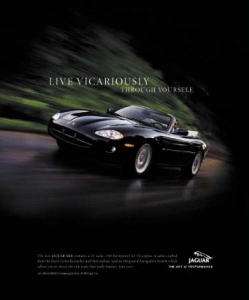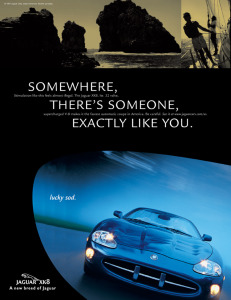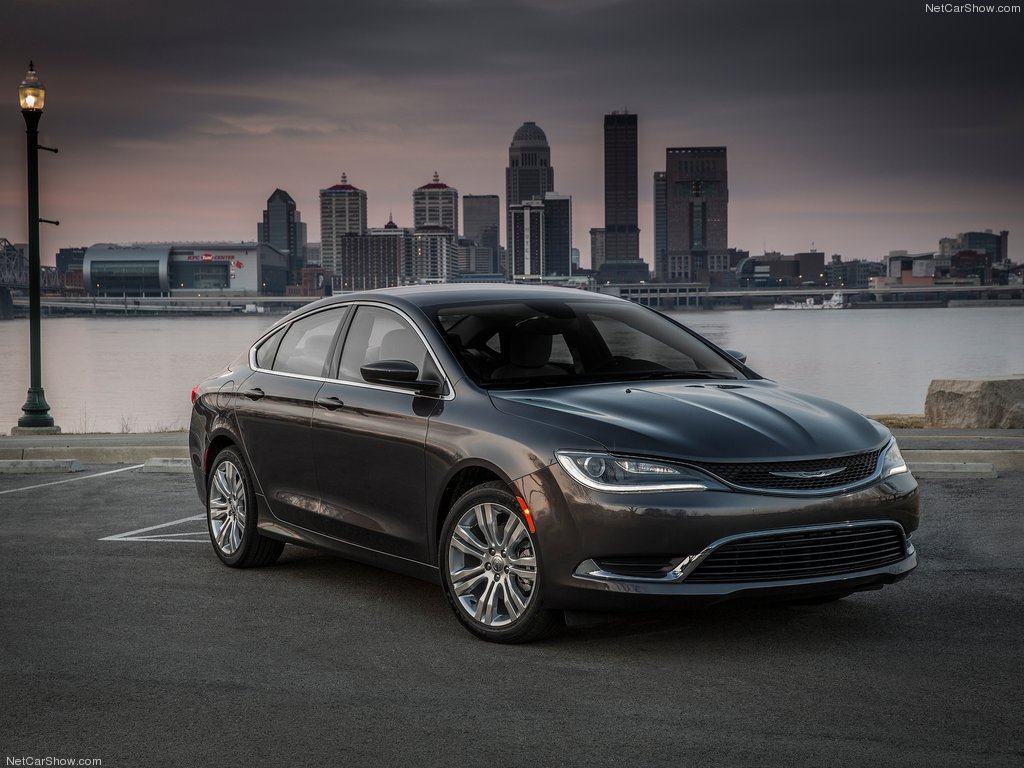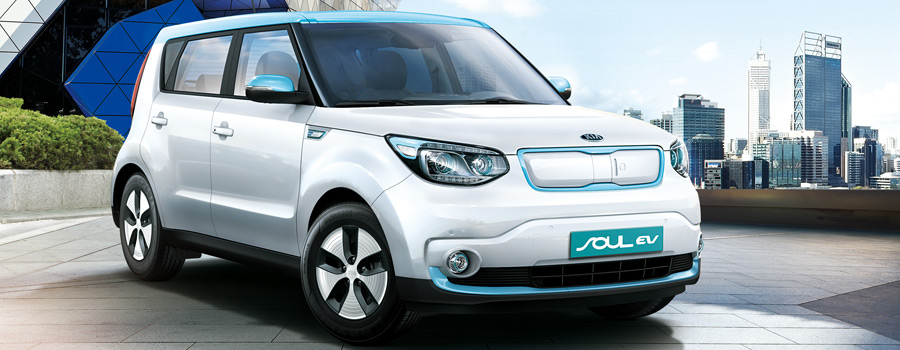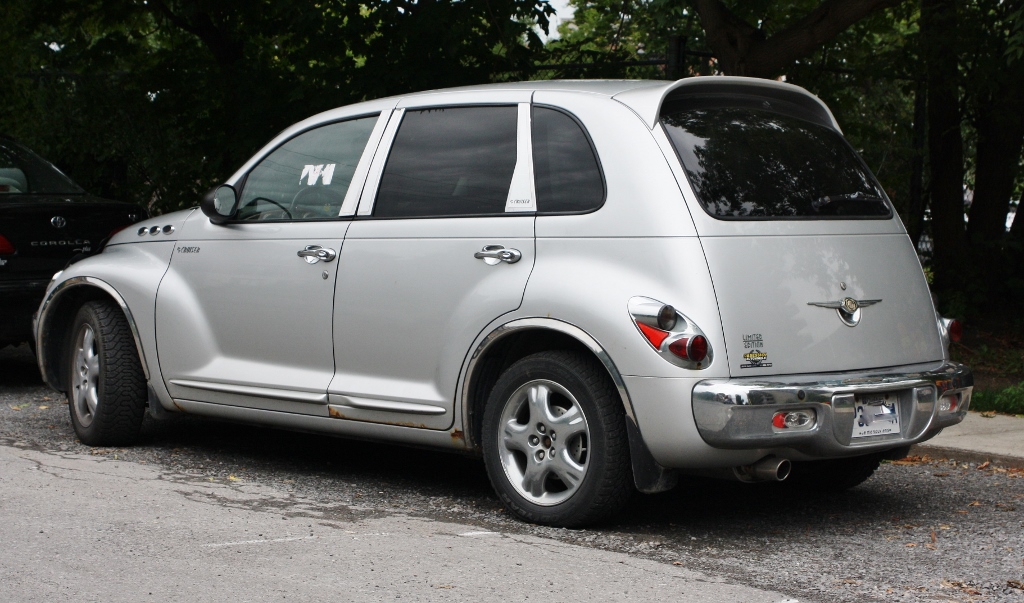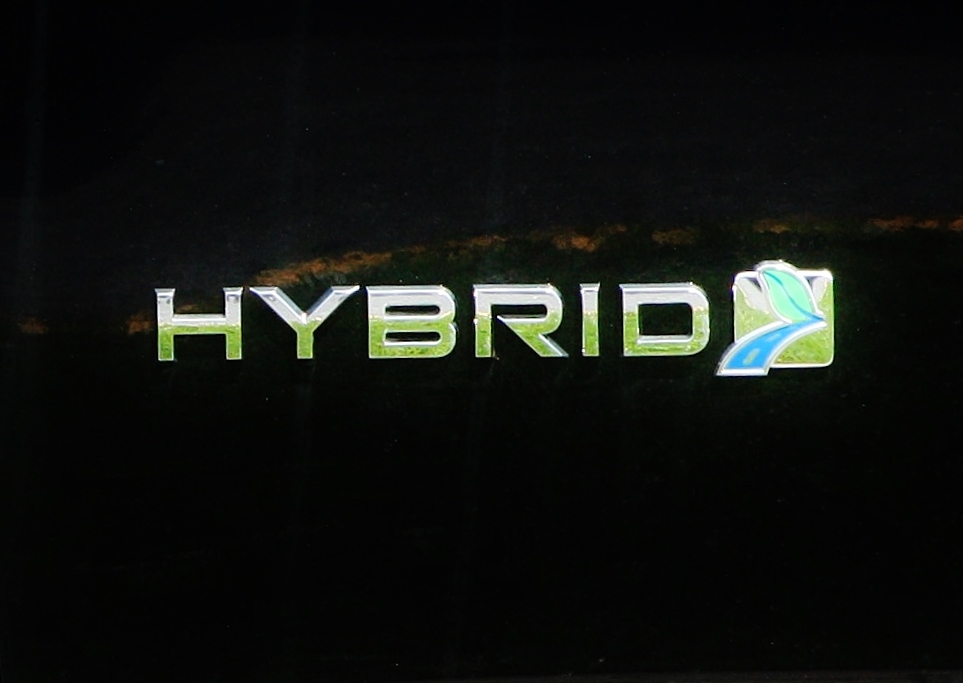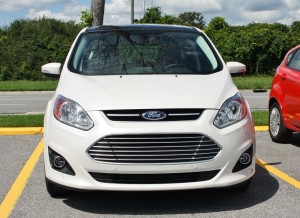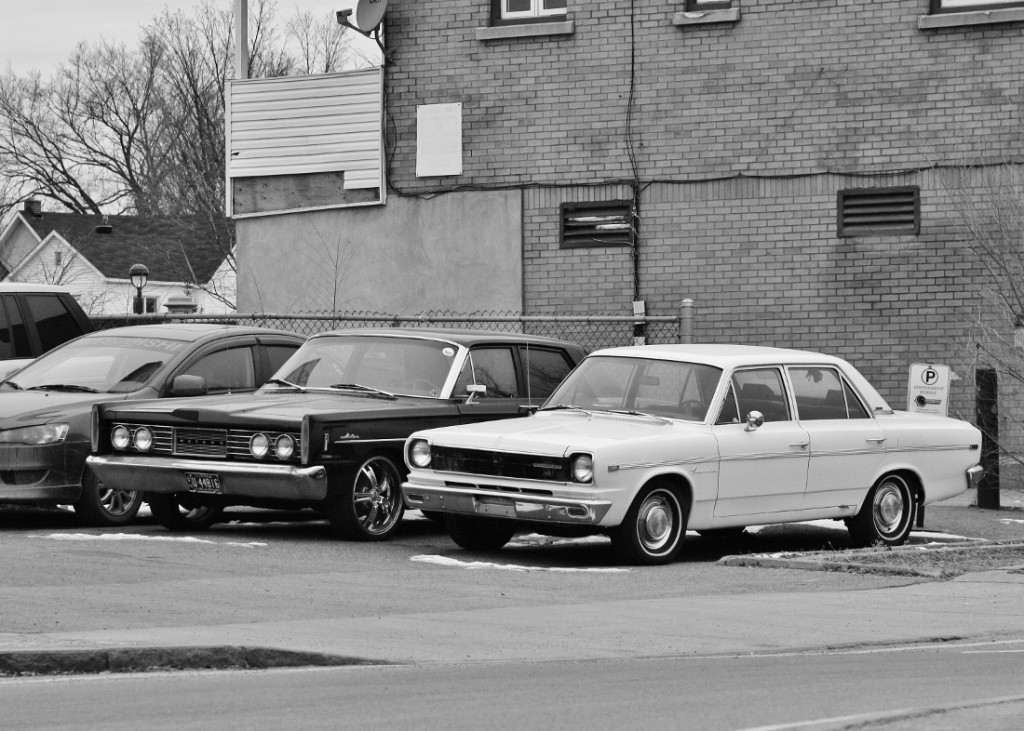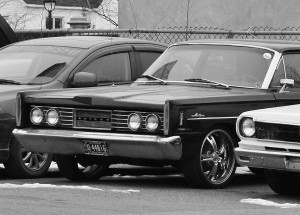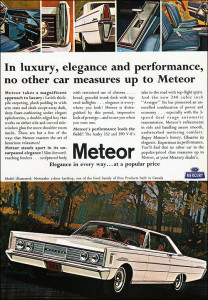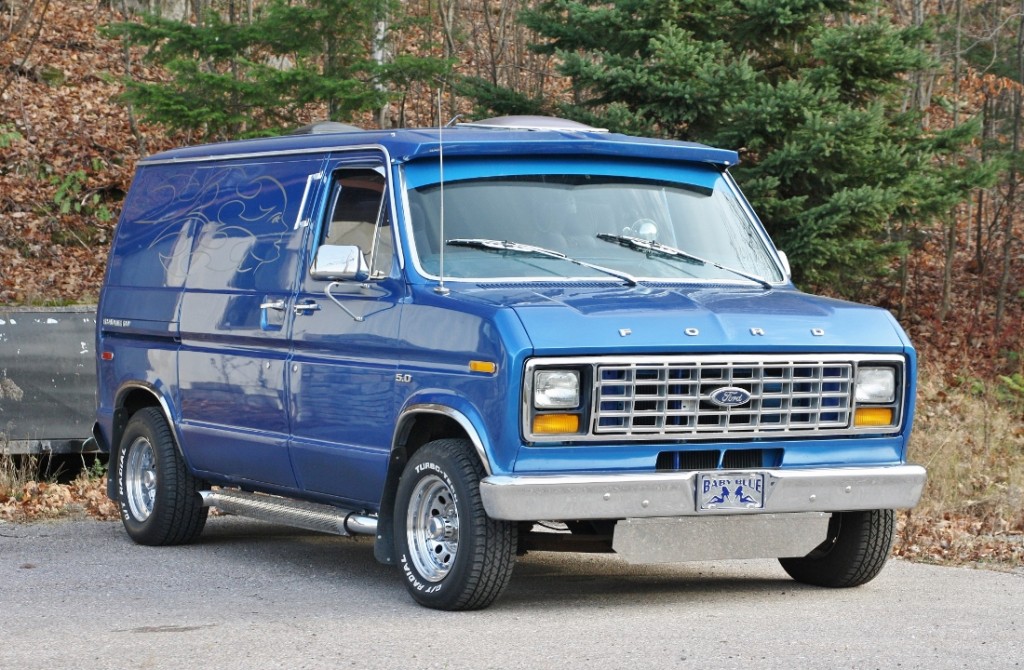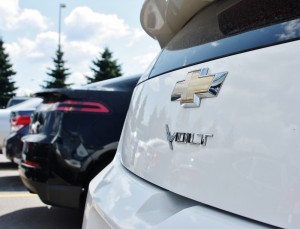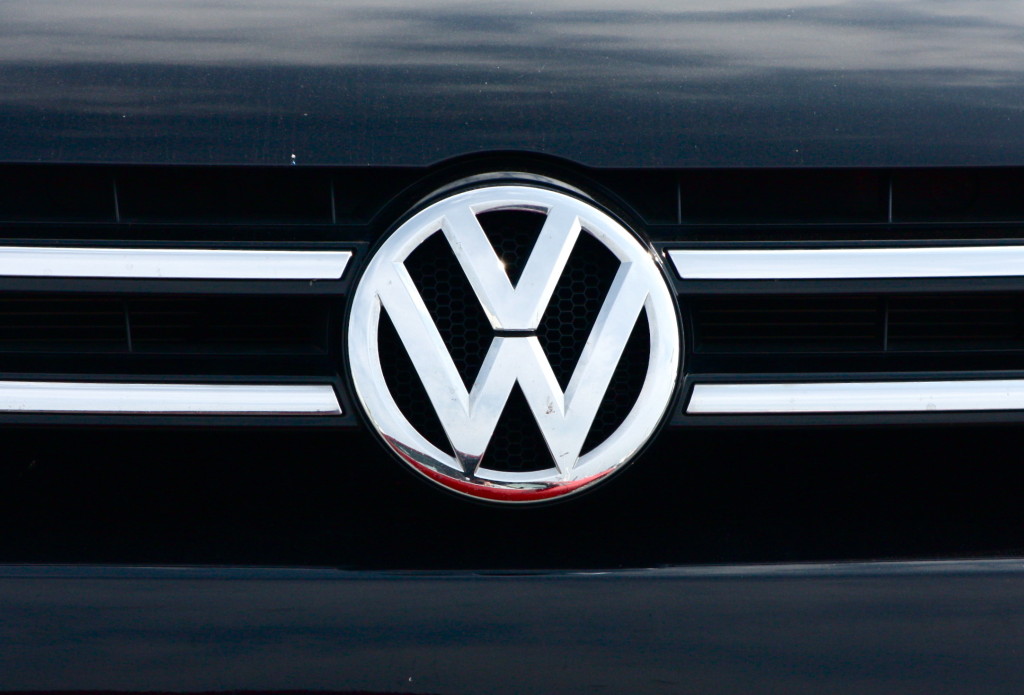Anything with Henry Ford’s name stamped on it commands respect in America, even today.
That titan of industrialization, efficiency and ingenuity continues to hover over the western world with his ephemeral presence, like a spiritual elder still capable of instilling lessons in the youngest generation.
Everything Henry touched remains steeped in glowing, historical reverence, which is why it was such a treat to come across this pristine antique Ford in the warm gaslight of Charleston, South Carolina.
A mild breeze was blowing that night, as I strolled through the polite, temperate city that started the Civil War. And there she was – parked under a streetlight, her yellow wheel hubs and spokes matching the painted limestone of a nearby home and the crushed leaves underfoot.
The 1930 Ford Model A Town Sedan was a classy model for its era, but this example didn’t have the sidemounts that would really complete the package. Still, who can complain?
History collided that night. An 84-year-old car parking in the heart of a city 260 years its elder. If the country’s history was a stage play, both the car and the city would play larger-than-average roles.
The Ford Model A – Henry’s second runaway hit – is not a rare classic car. In fact, it’s one of the most common.
Between October 20, 1927 and March, 1932, Ford produced 4,849,340 Model A’s in a limitless variety of styles. So many were produced that parts are still plentiful, all these years later.
The Model A was conceived to replace the once phenomenally popular (but now rapidly aging) Model T, amid newfound competition from other automakers. The new model, like its predecessor, was designed to be durable, affordable, and easy to manufacture, but now boasted modern features and a dash of style.
The rock-solid, 201-cubic inch 4-cylinder under the Model A’s hood made 40 horsepower, and was mated to a 3-speed unsynchronized gearbox. Unlike the Model T, the Model A used the 3-pedal setup American drivers were becoming accustomed to.
Innovation was a Ford hallmark, and the new car didn’t disappoint – the Model A was the first vehicle to use windshield safety glass.
Henry Ford (1863-1947) was getting long in the tooth by the late Twenties, and didn’t feel like bothering to have a hand in the design of the car. This was likely for the best, as by that time, the Model T – which Ford still saw as adequate – was looking awfully primitive and stodgy.
A design team headed up by Henry’s son (and Ford Motor Company president) Edsel Ford came up with a proper style for the new vehicle. And, unlike before, they made sure buyers of a new Model A could pick from a choice of colours.
Tough, versatile, and cheap (the starting price undercut $400), Model A’s continued to fly out of showrooms even after the stock market crash and subsequent onset of the Great Depression. Good thing they were built Ford tough, as many drivers were forced to keep them a lot longer than expected (or even live in them) due to the financial conditions of the time.
Edsel Ford didn’t outlive his father (he died of stomach cancer in 1943 at age 49), but the Model A will outlive all of us.
Thousands of examples of the relatively affordable classic roam the roadways of North America each summer (never quite reaching their claimed to speed of 65 mph), and new parts for the simplistic drivetrain are as close as a visit to Google.


